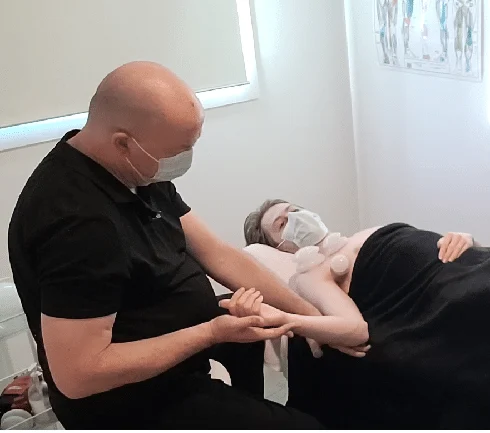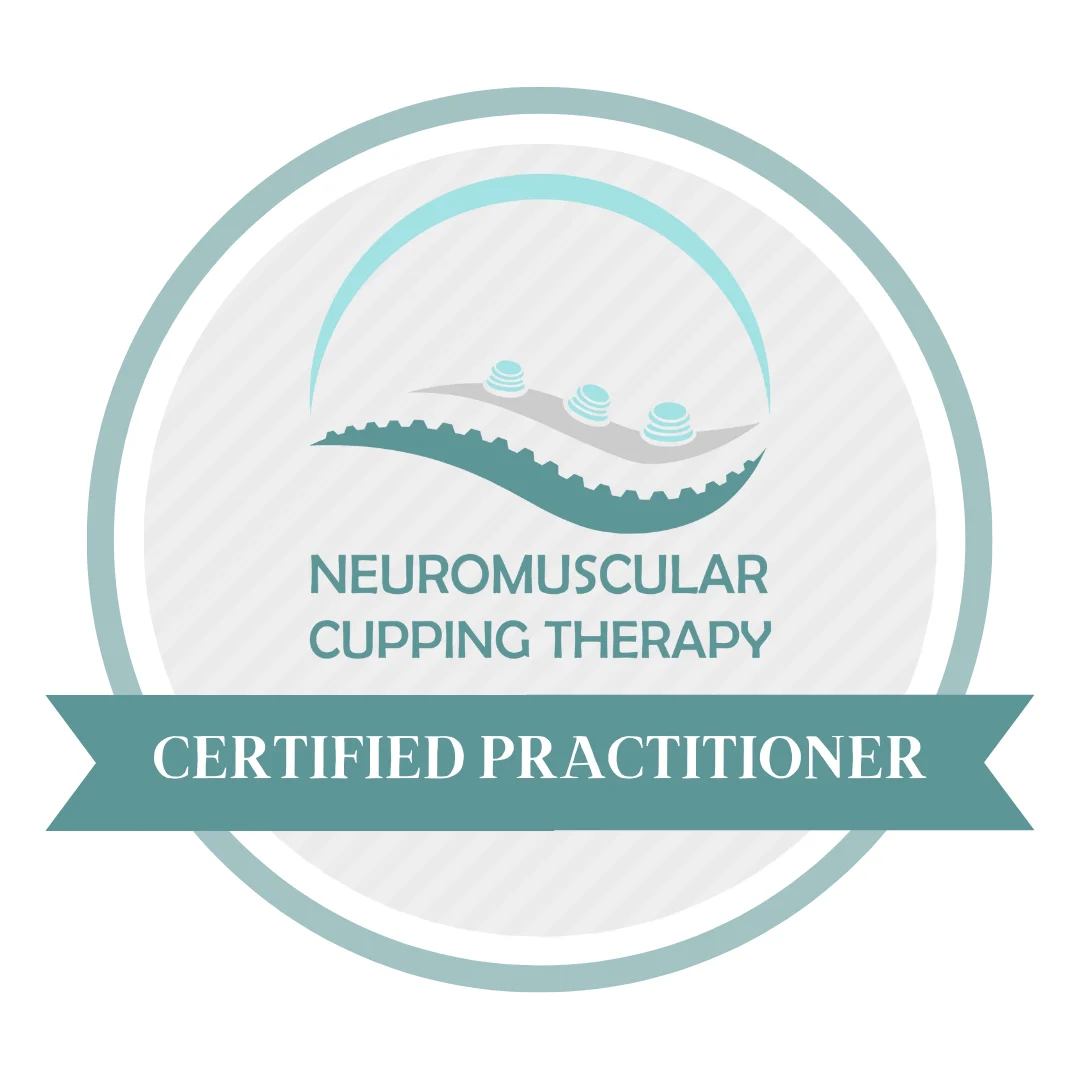Neuromuscular Cupping:
The neuromuscular pain science model explains how certain factors can lead to muscle pain and restricted movement patterns. Muscles in our bodies work in pairs – an agonist muscle contracts to create movement, while its antagonist muscle relaxes to allow that movement.
Take a look at your upper arm. Bend your palm towards the tip of your shoulder. As your biceps contract your triceps on the opposite side have to relax to let the motion happen. Simple right?
When there is an imbalance or dysfunction in this agonist-antagonist relationship, it can lead to pain and restricted functional patterns.
Trigger points are hypersensitive areas within a muscle that can cause localized pain and referred pain to other parts of the body.
By utilizing cupping on trigger points, the suction helps increase blood flow to the area, promoting the release of tension and encouraging muscle relaxation.
This, in turn, can restore the balance between the agonist and antagonist muscles, alleviating pain and improving functional patterns.
The process works as follows: The cups create a negative pressure that lifts and separates the tissues, increasing circulation and oxygen supply. This enhances the body’s natural healing mechanisms, reducing inflammation, and flushing out toxins in the area. As the trigger points release and muscles relax, the agonist-antagonist relationship is restored, allowing for better movement and reduced pain.
In summary, the neuromuscular pain science model with cupping therapy targets trigger points to release muscle tension and restore the balance between agonist and antagonist muscles. This approach can help alleviate pain and improve movement patterns, leading to better overall physical function. However, it’s essential to consult with a qualified healthcare professional before undergoing cupping therapy to ensure safe and effective treatment.


